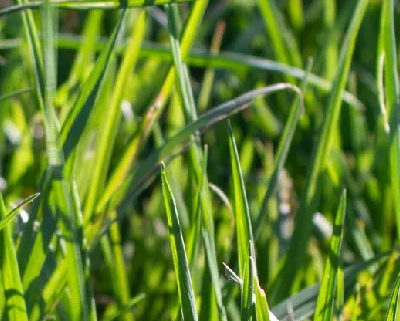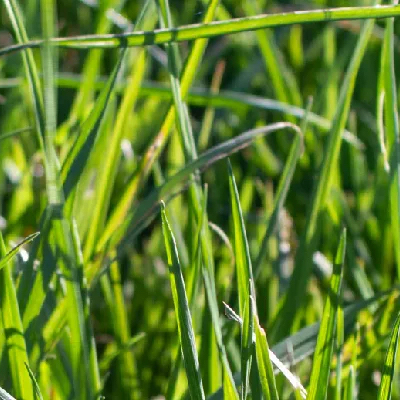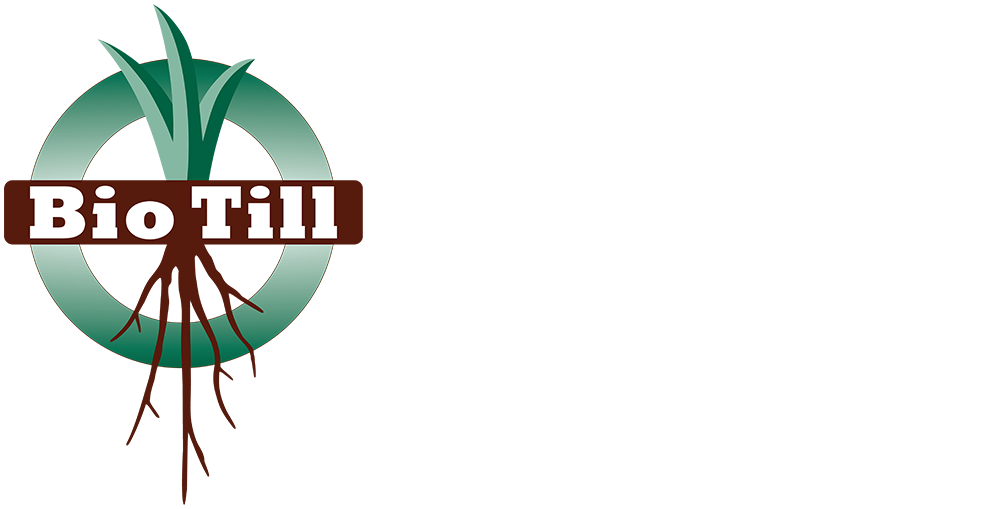Bounty Annual Ryegrass
Annual ryegrass has benefits to offer in both cover crop and forage plantings with easy establishment by drill, broadcast, or aerial seeding. Annual ryegrass enhances water filtration and soil quality and can significantly increase crop yields during stress years. It has been shown to drastically reduce soybean cyst nematode and also has the ability to break compaction both physically (deep root structure) and chemically (root exudates). Non-allelopathic traits, ease of emergence, and shade tolerance make annual ryegrass the primary grass species for interseeding, especially when interseeding into corn. A bonus attribute is the ability to redeposit phosphorous & potassium from the subsoil to within reach of shallower rooting plants.
Don’t confuse annual ryegrass (Lolium multiflorum) with cereal rye (Secale cereale). How they grow and are utilized as a cover crop are different for each species. Annual ryegrass has a finer leaf blade that is glossy in appearance and a more extensive root system than cereal rye, while cereal rye has more above ground top growth than annual ryegrass.
Bounty annual ryegrass is a consistent, proven variety with an excellent history of winter hardiness and superior rooting depth. Bounty annual ryegrass is also a good choice for late winter/early spring frost seeding where winterkill of other crops was an issue (or planned) and quick spring growth is needed to kick start soil biology. For full termination guidelines, refer to the Annual Ryegrass Management Guide produced by the Oregon Ryegrass Commission.





